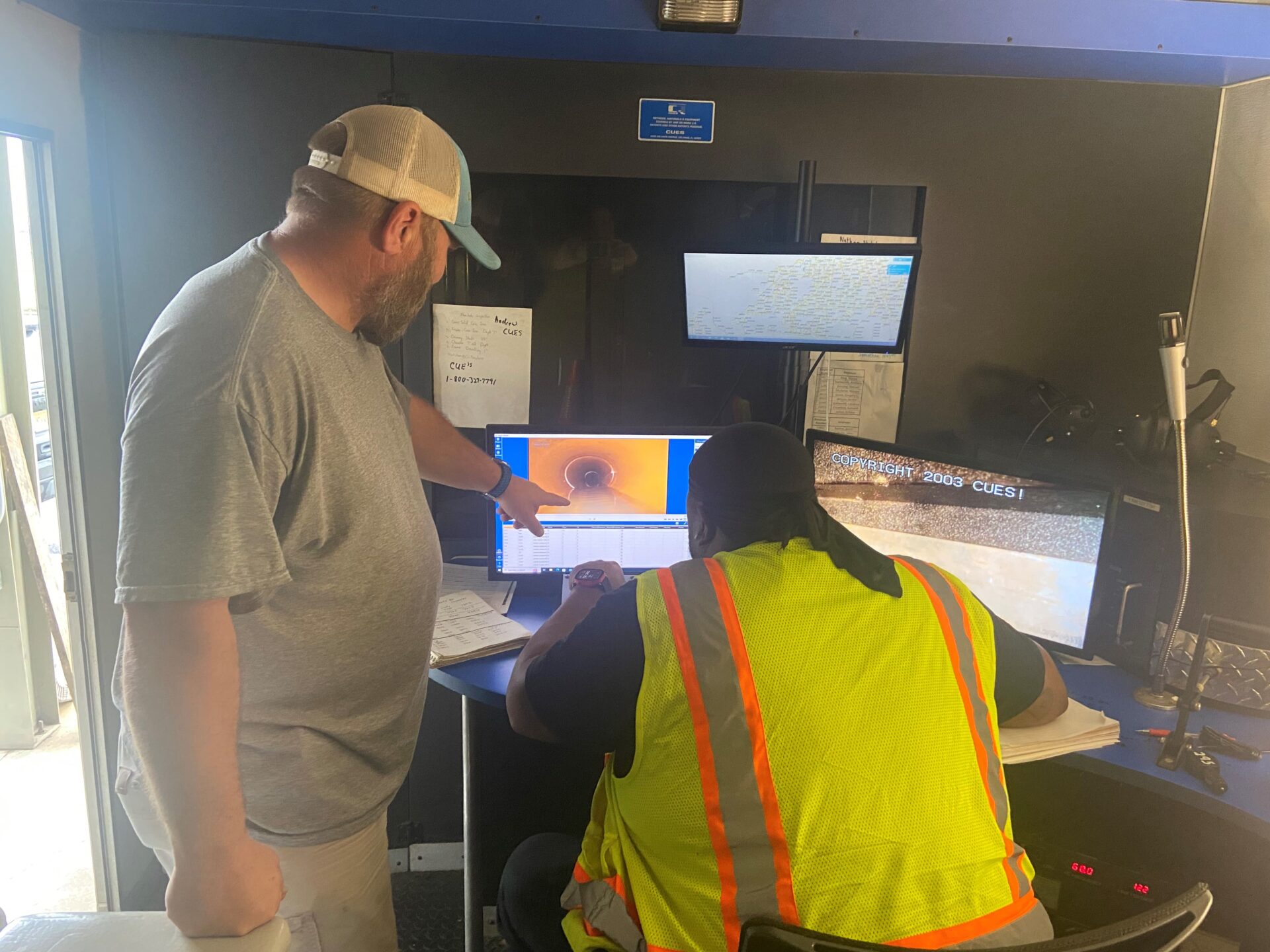Challenge
Tuscaloosa, Alabama faced major challenges managing its 507 miles of sanitary sewer and 252 miles of storm drains. The system’s capacity was strained during major events, such as University of Alabama football games, which temporarily increased the city’s population by as much as 150,000 people. The city struggled with a reactive maintenance approach and data that was scattered across siloed systems—including outdated CCTV software, CentralSquare EAM, and Esri GIS. Only select personnel could access certain data, creating inefficiencies and making it difficult to prioritize inspections, plan maintenance, and track performance reliably.
Solution
Tuscaloosa overhauled its inspection process by implementing ITpipes as the central platform for all CCTV operations and inspection data management. ITpipes was deployed both in the field via ITpipes Mobile and in the office with ITpipes Web, enabling full bi-directional integration with CentralSquare EAM and Esri GIS. Supervisors could now issue inspection work orders from CentralSquare EAM, which automatically synced with ITpipes Mobile on the CCTV trucks. Field crews received fully populated assignments, and completed inspections—including video and asset data—were automatically uploaded at the end of each day. The ITpipes Web platform made all inspection data immediately available to stakeholders across the organization.
This automation replaced manual processes, eliminated data entry errors, and created a single source of truth for inspection and maintenance information. With centralized access and GIS-powered tools, field crews could efficiently navigate to assigned assets, while management gained real-time insight into system performance. ITpipes gave Tuscaloosa a smarter, faster way to identify high-risk areas, reduce redundancies, and streamline long-term planning.

Partners
Tuscaloosa’s technology transformation centered around ITpipes, which provided the inspection software, mobile applications, and integration capabilities. CentralSquare EAM handled asset management and work order scheduling, while Esri GIS supported mapping and spatial analysis. Together, these platforms created a fully connected workflow—but ITpipes was the engine making the data usable, shareable, and actionable.
Results
The impact of ITpipes was immediate and measurable. In just three years, Tuscaloosa reduced sanitary sewer overflows by more than 50%—from 102 to 48 incidents per year. Previously siloed data became centralized and accessible, allowing the city to shift from reactive firefighting to proactive planning. With reliable inspection data at their fingertips, Tuscaloosa began letting annual CIPP (cured-in-place pipe) lining projects, targeting the highest-priority sections of pipe based on inspection findings.
More than 15 miles of sanitary sewer have already been lined using CIPP, significantly reducing costs and minimizing surface disruption. ITpipes has also allowed the city to better plan and budget for future rehab work. With every inspection now traceable, searchable, and viewable on one platform, the city’s engineering and operations teams have the confidence and insight needed to guide maintenance and capital planning decisions.
By adopting ITpipes, Tuscaloosa built a smarter sewer system—reducing environmental risk, lowering costs, and boosting public service reliability. What once was fragmented is now streamlined, and the city continues to raise the bar for infrastructure management in mid-sized municipalities.
